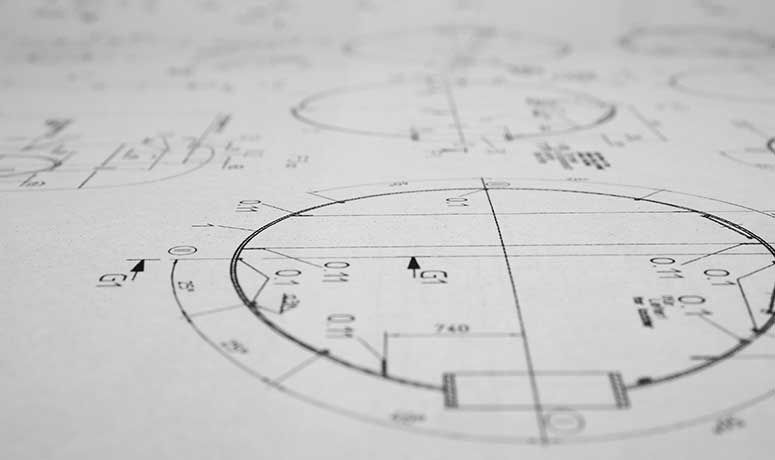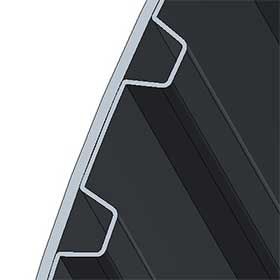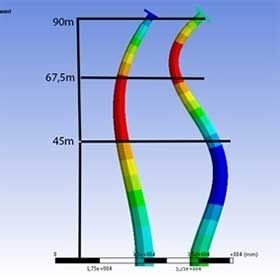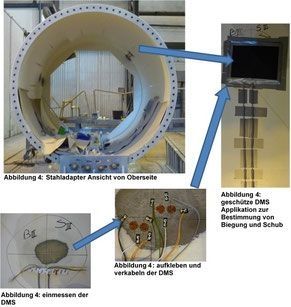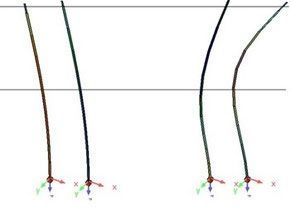Engineering Services
Among other things, we offer tower designs and proofs according to DIBt, GL or IEC standard, finite element method for special constructions, tower verifications and modal analyzes as well as
Tower designs
The tower of a wind turbine, has in both senses of the word, a fundamental importance. It not only absorbs the entire load but also has a decisive influence on the costs and overall dynamics of a wind energy plant.
All tower designs and required documentation are done by Reprojekt based on national and international standards. The foundation design is carried out in close cooperation with engineering companies from construction technology with many years of experience in the field of the wind energy.
Hereby, the static proofs as well as the proof of durability with the help of load time series for the tower and the screw connections as well as the buckling proof of the tower are carried out. We provide the necessary evidence according to DIBt, GL or IEC standard. We create certifiable documents and are happy to communicate with the certification authorities.
Finite element method
The finite element method (FEM) is one of the most used tools in the analysis of complex structures in mechanical modern engineering.

Tower proofs
The FEM method is used when analytical methods reach their limits. For example, it is possible to examine openings in a tower with regard of occurring stress peaks, to determine the risk of buckling in a tower constructions and to examine bolted joints for their fatigue strength. Just to name a few application examples.
Tower-monitoring
With our self-developed monitoring system, which is based on a CAN-Bus system, we can draw conclusions about structural-static and structural-dynamic variables. With applied strain gauges (DMS), we can thus make statements about the maximum bending and torsional moments or monitor the vibration behavior of the systems. With the help of the Rainflow counting method an evaluation of the oscillating cycles and a statement about the material fatigue can be made.
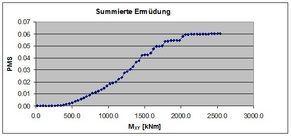
Monitoring of the fatigue
Based on the load spectrum, which was determined under real conditions during the monitoring of the oscillation behavior, the linear damage accumulation according to Palmgren/Miner can be performed. This is especially helpful for a statement on the continued operation of older systems.






